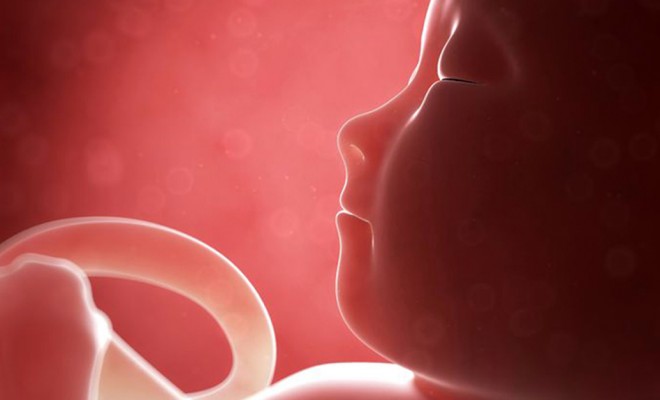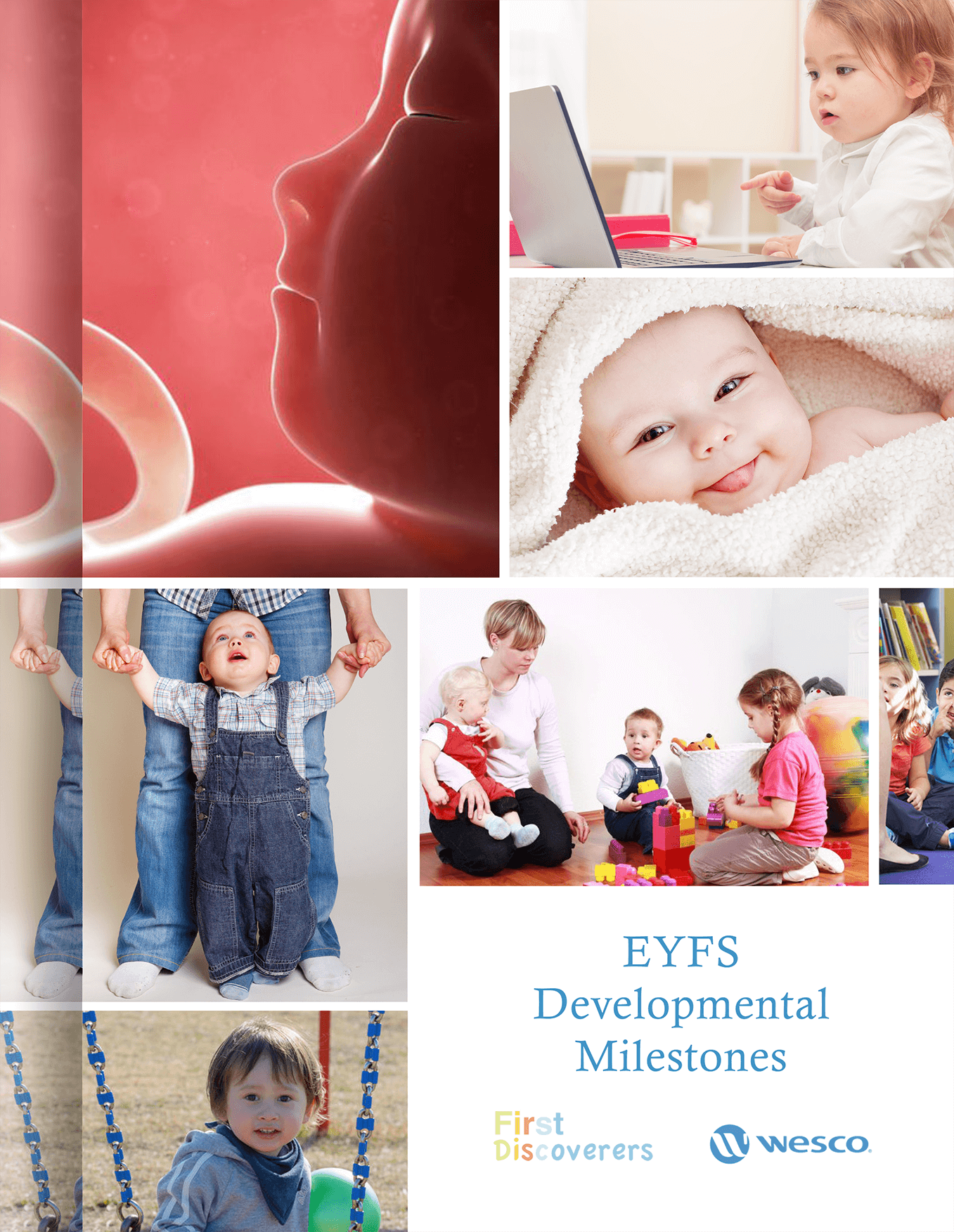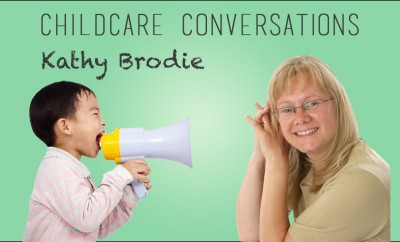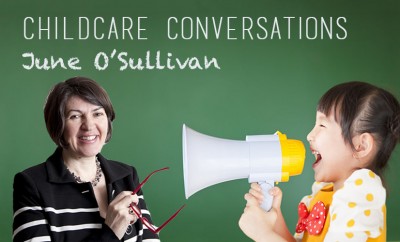
Child Development
EYFS Development Pre-natel: Newborn Baby Research
‘There was a time when meadow, grove, and stream,
The earth, and every common sight,
To me did seem,
Apparelled in celestial light,
The glory and the freshness of a dream.’ William Wordsworth
Wordsworth’s wonderful perception of a child’s mind, captured in his ‘Ode: Intimations of Immortality From Recollections of Early Childhood’ – published in 1793 – correlates remarkably well with the findings of recent studies. Though he and his sister Dorothy were, for a time, responsible for the care of a toddler, the poet’s observation and depiction of newborn experience is still exceptional for the period.
For those interested in modern childcare, relevant scientific discoveries now serve to extend our factual knowledge and contribute to our understanding of child development. This in turn informs our increasingly nuanced appreciation of the mechanisms by which tiny human beings advance day by day into their futures. But when, where, and how, does this magical process begin?
EYFS: In The Beginning
Perhaps logically, birth itself is the practical ground zero, though in 1890, William James’ ‘Principles of Psychology’ held that life for the newborn was a ‘blooming, buzzing confusion’, and even in the 1960s, medical text-books were suggesting human consciousness ‘probably does not exist in the infant’. As developmental psychologist Alison Gopnik1 puts it: ‘The dominant view was that children were essentially defective adults. They were defined by the things they didn’t know and couldn’t do.’
However, science continues to roll back the frontiers, and we now know a startling amount about the world of the newborn. Moreover, new approaches have allowed us to reach conclusions about behaviour in the womb, so the marker for the notional starting point of a child’s developmental journey is now being pushed back beyond birth into the pre-natal period.
EYFS Developmental Milestones – Download Free eBook
Learning in the Womb
Scientists point out that, in behavioural terms, a 32-week-old foetus is very much the same as a newborn. Neurologically speaking, birth is not a major milestone, but as Hopson2 observes, much else has happened to the developing foetus at an earlier stage:
– at nine weeks, a foetus can react to a loud noise;
– before six months, it has excellent hearing;
– a foetus knows its mother’s voice, reacting differently to the voices of strangers;
– a foetus responds in the same way each time it hears a familiar story;
– like adult dreamers, a foetus exhibits rapid eye movement (REM) during sleep;
– cultural life begins in the womb as the foetus savours the food tastes in its mother’s diet.
For the foetus, the womb appears to be as much a workstation as a resting place: developmental psychologist Als Heidelise from Harvard Medical School reports that ‘it touches a hand to the face, one hand to the other hand, clasps its feet, touches its foot to its leg, its hand to its umbilical cord’. Others have observed the foetus pushing off with its feet as if walking around the womb, and speculate that later-born children – whose mothers have a more-extended womb and a longer umbilical cord – enjoy extra room for this motor experience, and thus are likely to develop into more-active infants.
[Read more on Physical Development]
DeCasper & Fifer
According to DeCasper and Fifer3 among others, much of the learning within the womb takes place via ‘habituation’ – the repetition of stimulus that first provokes a reaction, later modified once the stimulus has become familiar. As regards to hearing, a foetus not only prefers its mother’s voice, as a newborn it demonstrates a distinct preference for the sound of that voice filtered through the womb’s amniotic fluid, rather than through air, and enjoys that familiar voice much less if it then switches to a foreign language.
Newborn perspectives
Science no longer perceives the newborn infant as a passive receiver but an eager participator. Perhaps mothers instinctively sense this as they endlessly coo and talk to their baby, smile, sing, and gaze into their eyes. Dewar’s4 account reveals that researchers too are equally confident neonatal infants arrive pre-installed with social attributes helping them to:
– recognise both voices and faces;
– communicate with others;
– build an understanding of the minds of other humans.

Though a newborn has limited vision – sight, hampered by the womb’s visual limits, is the last primary sense to develop – the ability to recognise familiar faces emerges within hours of birth. So too does a preference to engage with those who use direct eye contact. Studies also demonstrate the neonatal child avidly follows the gaze of a parent, as if curious to know what has excited interest, and why. Even more remarkably, Meltzoff and Moore5 discovered that, at just one-hour old, newborns were able to mimic facial expressions they observed for just 20 seconds – a dramatic illustration of Colwyn Trevarthen’s extensive work over four decades suggesting babies are pre-programmed to ‘coordinate their actions with others’.
[Read more on Social & Emotional Development]
Contemporary Newborn Research- EYFS
Reviewing the vast field of contemporary newborn research, Streri et al6 strongly believe that ‘for human newborns, the studies concerning their cognitive abilities… are far from having established the full repertoire of competencies that they possess.’
A leading researcher herself, Alison Gopnik1 eloquently summarises how far science has taken us beyond the traditional newborn image of ‘innocence and helplessness’:
‘… what we see in the crib is the greatest mind that has ever existed, the most powerful learning machine in the universe. The tiny fingers and mouth are exploration devices that probe the alien world around them with more precision than any Mars rover. The crumpled ears take a buzz of incomprehensible noise and flawlessly turn it into meaningful language. The wide eyes that sometimes seem to peer into your very soul actually do just that, deciphering your deepest feelings. The downy head surrounds a brain that is forming millions of new connections every day. That, at least, is what thirty years of scientific research have told us.’







You must be logged in to post a comment Login